Imagine you are Bacteria Bob, the leader of a Special Forces team of bacteria parachuting onto a new Petri dish.
Your mission is for you, your team, and your descendants to colonise and occupy 100% of the space on the Petri dish. Your superpower is your ability to multiply by dividing yourself. At the end of the first day, you cover 0.2% of the Petri dish. There are no enemies; your squad nibbles away at the plentiful food. On day two, the entire team divides into two, and you have now colonised 0.4%. On day three, you have reached 0.8%; on day four, 1.6%; on day five, 3.2%; and on day six, 6.4%.
At this point, your boss, the Head Germ, flies in and asks you your plan for the next four days. He expects you to colonise 100% of the Petri dish in the next four days. Time is ticking.
You look around with a sense of defeat - you have spent 60% of the allotted time (6 days) and still have 93.6% of the Petri dish to conquer. Based on past performance, only a fool could think this is possible. What is the Head Germ smoking?
But think again! At the same pace, on day seven, you have covered 12.7%, you divide again, and on day 8, you now have achieved 25%; on day 9, 50%; and on day 10, 100% - You now are thoroughly dominant and have completed your mission!
Sadly, there is now no food left, and instead of happily ever after on day 11, you and your descendants all starve to death.
It would help to find a new Petri dish with new nutrients to survive.
This story is not just about poor Bacteria Bob - it's about everybody who runs a business or starts a project.
The journey is slow and painful at the start - future success looks impossible no matter how hard you work. You have now spent five years and reached 10% of where you want to go - it seems impossible on a straight-line projection.
Now is the time when most people give up and start something else - even if they continue, they plan next year's support based on last year's growth - in the Bacteria Bob story - that is equivalent to not feeding the bacteria which are going to multiply and cover the whole dish on days 6-10.
Few people decide to double down with their time and quadruple down with resources at this time, which is why many businesses and people fail.
It is not intuitive for human beings to understand the S-curve - the concept that 75% of the value sits in the last two days, in this case, is not easy to understand. Biologically, Humans evolved to think of linearities, not exponentials, and we tend to interrupt the compounding that creates actual value in the long term.
Conversely, you can only realise the value of the last 94% from day 6 to 10 once you have taken the pain of slowly crawling from 0 to 6 in the first six days. As in the case of bacteria, so in the case of life, business, money, and code. This is how things spread and how virality works.
And this is why that 'new' startup you just heard of has typically been around for an average of seven years.
S-Curves in Trend Forecasting
S-curves are not just limited to biological growth; every growth story follows an S-curve.
They are crucial in understanding and forecasting trends in technology, markets, and innovation. The S-curve model is a powerful tool for recognising the different stages of growth and anticipating future trends. It helps identify the point of inflexion where growth transitions from slow to rapid and eventually to saturation.
In the early stages of an S-curve, growth is slow due to the time required for adoption and initial scaling. This stage is analogous to the "lag/incubation phase" in our Bacteria Bob story. Growth accelerates rapidly as the idea, product, or technology gains traction. The next stage is the "growth/exponential phase," where penetration and market acceptance soar. Eventually, growth slows as the market becomes saturated, leading to the "stationary phase." Finally, the decline or "death phase" sets in if no innovation or disruption occurs.
The Role of Innovation and Disruption
One key takeaway from the S-curve model is the importance of innovation and disruption. Businesses must continuously innovate to jump to a new S-curve before the current one reaches its saturation point. Enterprises require a solid understanding of when the 'nutrients' aka 'gaps in awareness and availability in the market' run out and the creation of a disruption in the market - what new type of food can the bacteria feed on? And what technology wave can you next surf on where your consumer is not saturated? Think of this like Tarzan swinging in the Jungles - you had better be on the new vine before the old one runs out completely.
Consider the example of smartphones. The initial growth was slow, but the market saw exponential growth once the technology became widely accepted. Now, companies like Apple are betting on spatial computing as the next big wave, given that smartphones are reaching universal penetration.
Managing the S-Curve
Understanding the S curve can help us generate explosive growth. To turbocharge growth:
Shorten the 'lag phase': Ensure the idea is strong, resonates with the target buyers, and is supported by a strong organisation. Create rapidly repeating loops of change-try-test to fine-tune the initiative quickly and maximise the chances of success.
Increase the clock speed of the organisation: Fast-growing businesses operate at a cadence of daily and weekly decision-making and targets, while slow companies often rely on monthly and annual cycles. Driving enormous operational intensity with frequent, rapid decision-making can significantly accelerate growth. Over a 5-year horizon, focusing on daily and weekly improvements can lead to exponential growth. For example, a 1% daily improvement can lead to massive annual growth rates, far outpacing traditional models.
Disrupt your idea yourself: Get the business onto another growth phase before it reaches the stationary phase.
Invest to grow: After an initiative has entered the growth phase, maximise investment to drive awareness and availability urgently. Awareness and availability maximise the size of the initiative. Urgency drives how fast it can get there.
2+ Mindset: For awareness and availability, a +2 mindset during this phase can help the initiative outperform its potential. A +2 mindset means putting in resources and infrastructure NOW, which you think are needed two periods later.
Drive awareness through communication (advertising, PR, search, social media, influencer partnerships) and engineering product/content/events to be 'WOM worthy'. Social networks (online and real-world) are critical.
Speed and a sense of urgency (expecting a monthly CAGR and investing to drive it) can differentiate between massive and modest successes. The critical driver of urgency is management expectation – if you do not expect speed, you will not get it.
Lastly, remember that urgency in driving awareness & availability is critical to driving the business to the upper part of the growth phase as soon as possible so it can stay there for the most extended period and maximise total value.
Here is some data from recent trends in electric vehicle sales, which predictably follow the S-curve:
In just one quarter – Q4 '23, global electric vehicle sales exceeded sales in six quarters from Q1'20 till Q2'21. The next few succeeding quarters will see exponential growth, which is even more vital.
When you have maximised value by arriving at the mid-upper part of the growth stage, you should aim to:
Get there fast
Stay there long
Using the Hyper Growth Framework to Convert Linear Output into Exponential Growth
The Hyper Growth Framework demonstrates how you can predictably and consistently drive exponential growth by optimising multiple variables on a linear basis and multiplying their effects together. I have detailed this concept in my Substack post on the Hyper Growth Framework.
Your customers drive sales by visiting your store (online or offline), visiting more often, converting more of them to buy, and buying more significantly each time. By focusing on these four variables, you can create a multiplicative effect on growth:
Number of visitors: Increase the number of people visiting your store through effective marketing, attractive store design, and a strong product offering.
Frequency of visits: Encourage repeat visits by providing exceptional customer service, loyalty programs, and regular engagement through CRM.
Conversion rate: Improve the percentage of visitors who purchase by optimising the customer journey, offering promotions, and reducing friction.
Average transaction size: Increase the amount each customer spends by upselling, cross-selling, and offering bundled products.
When you optimise each of these variables, their combined effect results in exponential growth. For example, if you improve each variable by just 10%, the overall growth can be significantly higher than the sum of individual improvements.
Here are the charts that illustrate this concept:
10% growth per period for ten periods for the number of visitors, conversion, basket size and repeat rate:
This leads to off-the-charts exponential sales growth (resulting from the multiplicative effect of all these variables) - and that is how you create S Curves by focusing on operational KPIs
These charts show that continuing to work linearly with linear KPIs can predictably result in exponential growth, which can be performance-managed in an organisation.
Core Behaviors to Maximise Your S-curve:
Be patient and 'Nail it' during the incubation phase – fix the business model.
Show urgency and 'Scale it' during the growth phase – invest for success
Be paranoid and disrupt yourself before you reach the stationary phase
Find the next S-curve: As an S-curve maximises at the end of a cycle as awareness and availability peak, focus on doing a ‘Tarzan’ and finding the next S-curve to get to.
Where does your business sit on the S curve?
Do you have the patience to incubate your business?
Do you display enough urgency in driving awareness and availability while your business grows? Or are you at the point where you should disrupt yourself before someone else disrupts you?
A.I. and the S Curve:
ChatGPT reached 100 Mn users in two months. A.I. is poised to be the fastest-growing S-Curve ever. Consider how far you are on your own adoption journey. To learn more about how you can adopt AI for dramatic impact, see my video on A.I frameworks here.
Further reading:
S-Curves for Trend Forecasting
Adoption speed of ChatGPT and AI
If you enjoyed this post, please share it with others
Check out some of my other Frameworks on the Fast Frameworks Substack:
Fast Frameworks: A.I. Tools - Chatbots
Video: A.I. Frameworks by Aditya Sehgal
The job satisfaction framework
Fast Frameworks - A.I. Tools - Suno.AI
The Set Point Framework for Habit Change
The Plants Vs Buildings Framework
Spatial computing - a game changer with the Vision Pro
The 'magic' Framework for unfair advantage




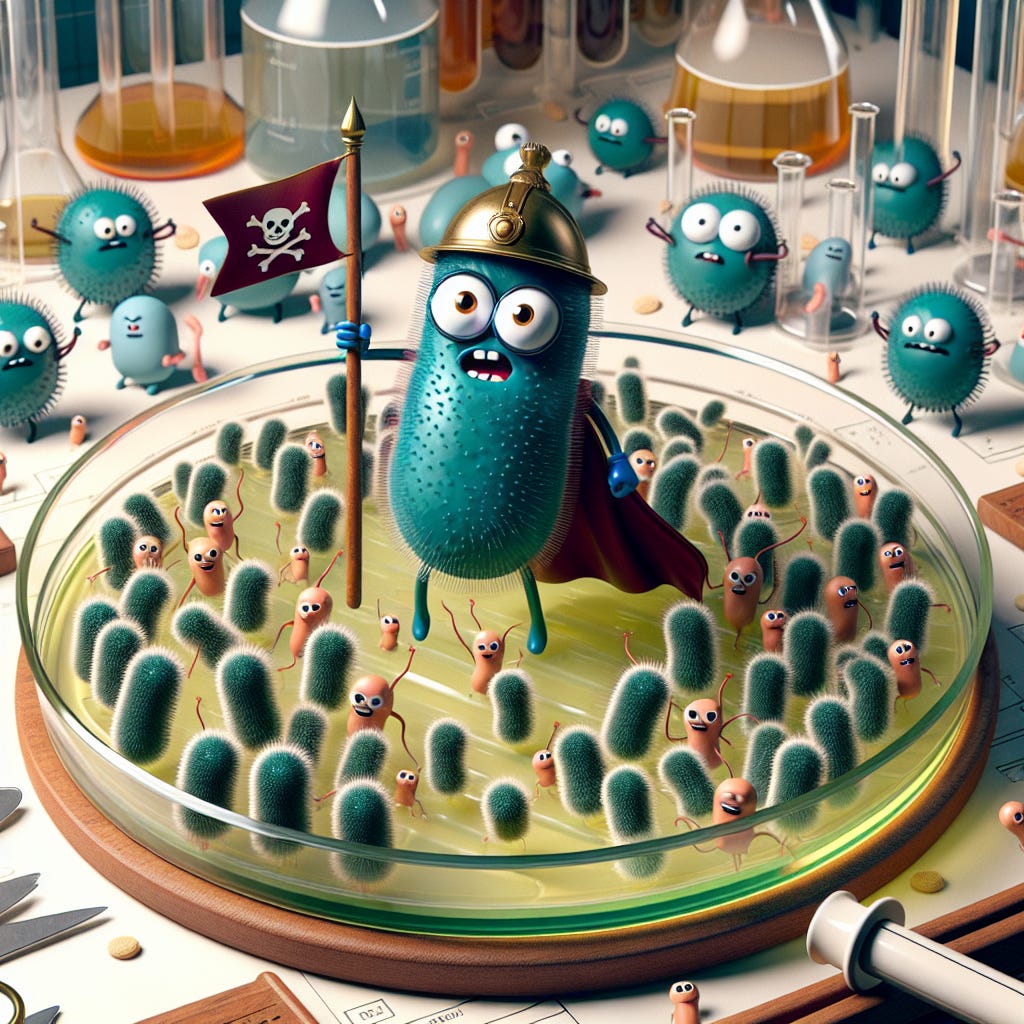
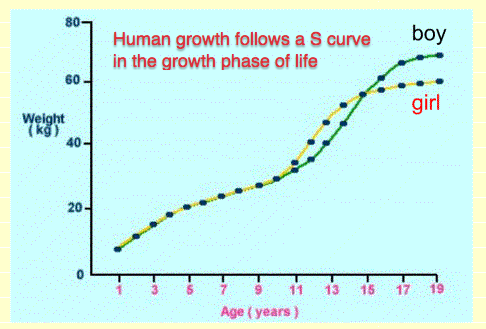
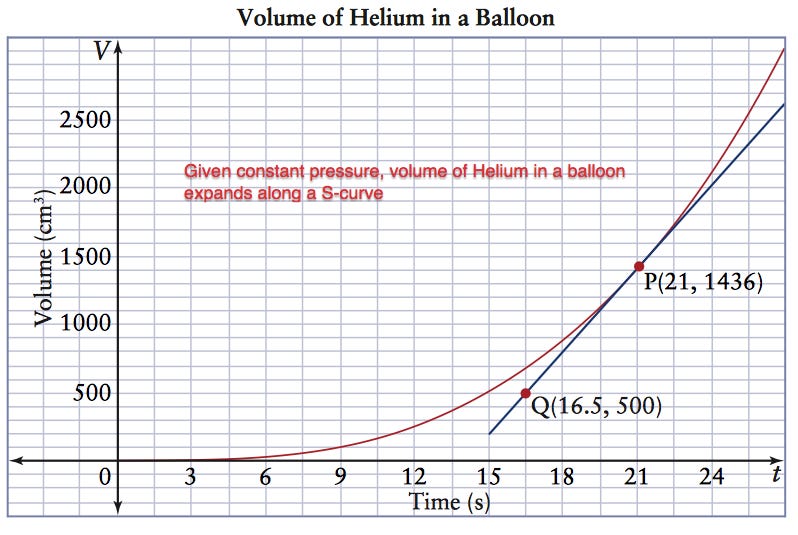

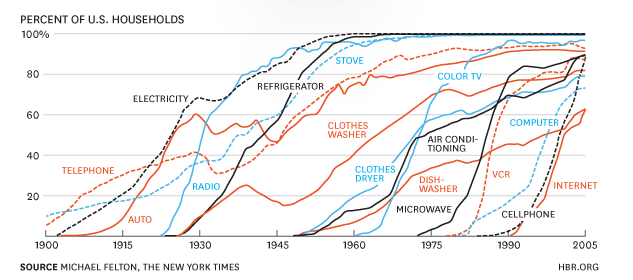

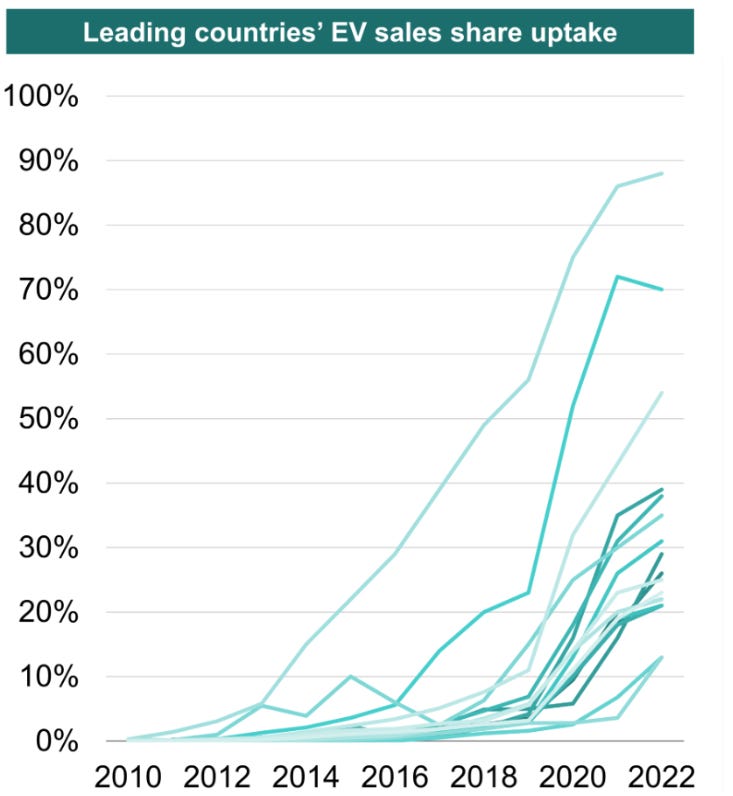
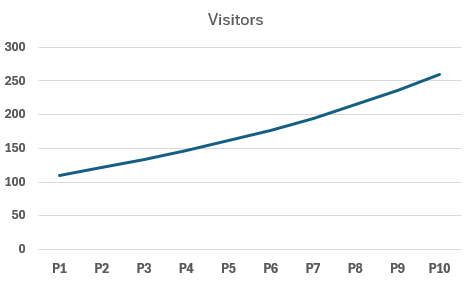
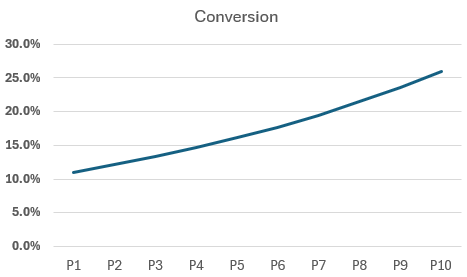
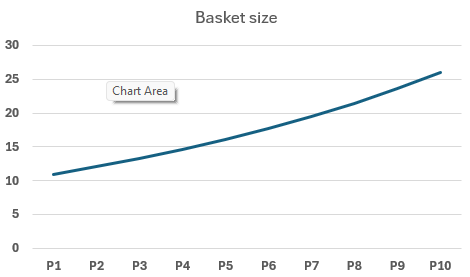
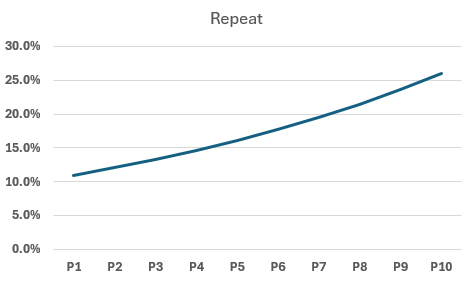
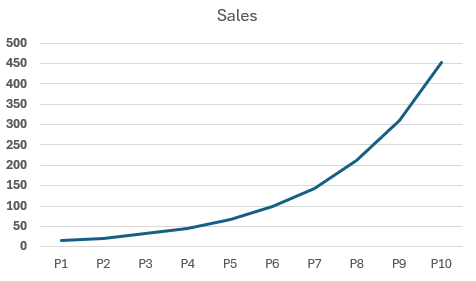
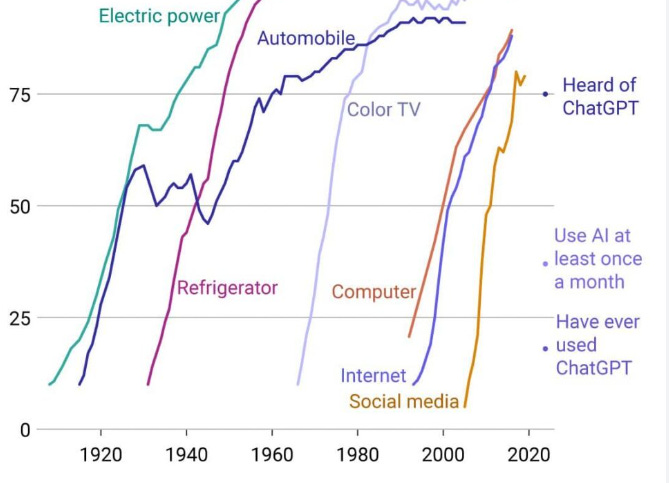
Detailed article on 'exponential growth' through S-curve boss.
Visitor + Basket + Repeat 𝛂 Sales Growth, reminds me your earlier framework on Hyper growth (https://substack.com/home/post/p-43763949).